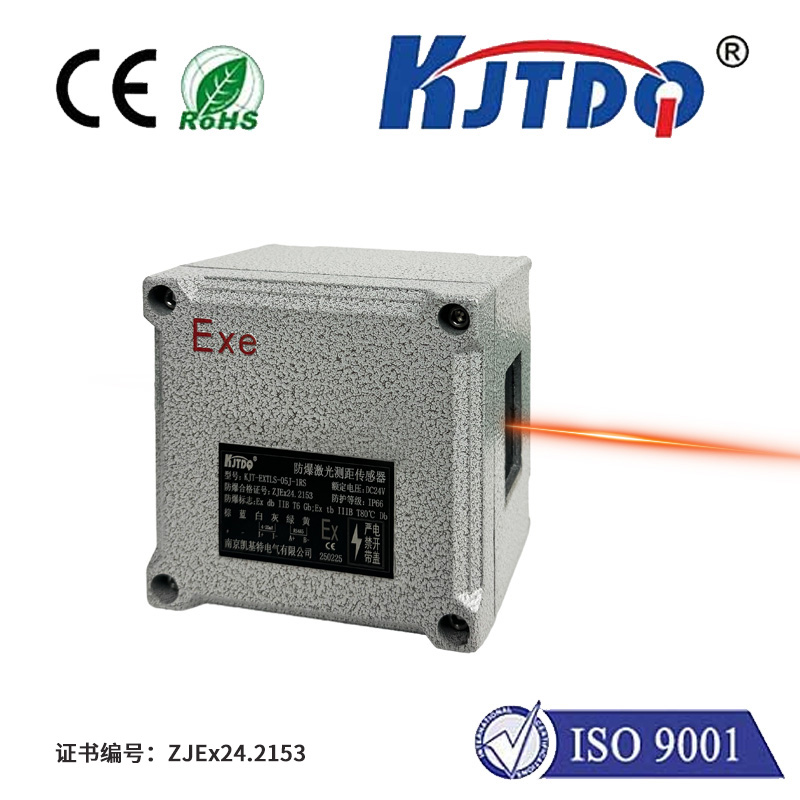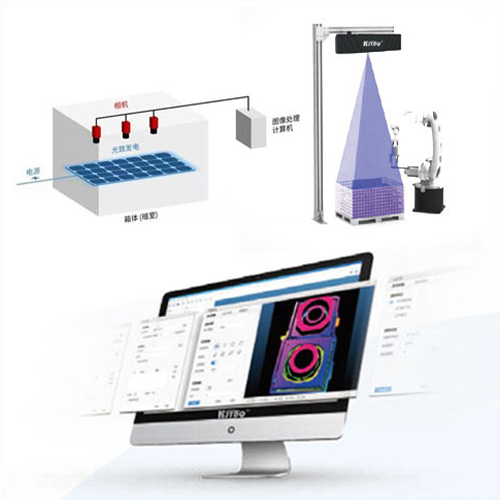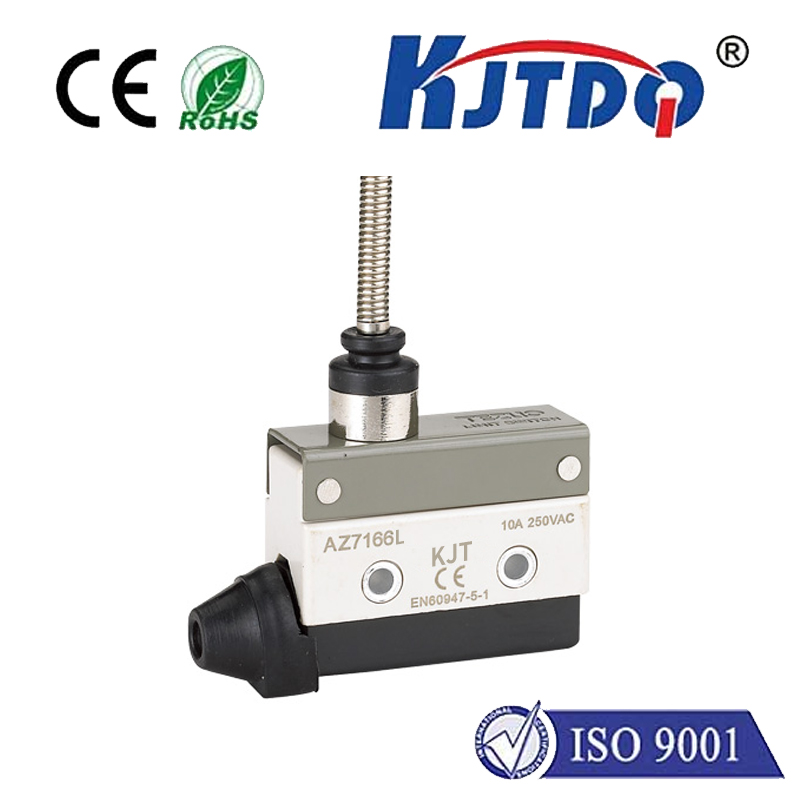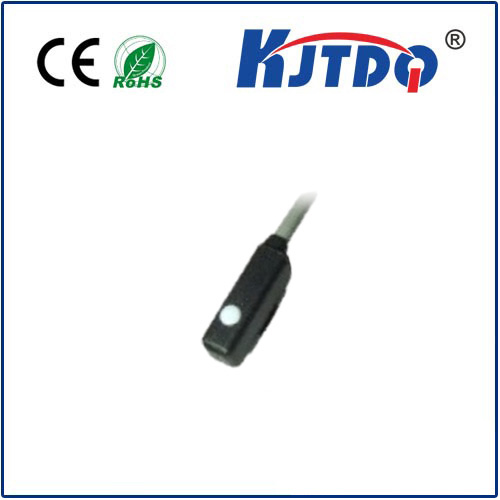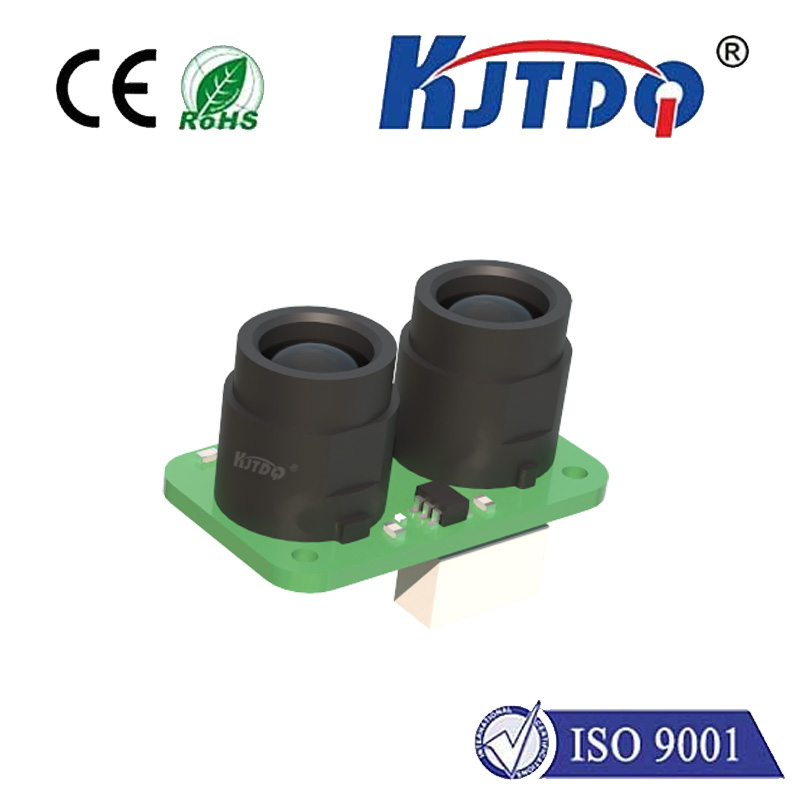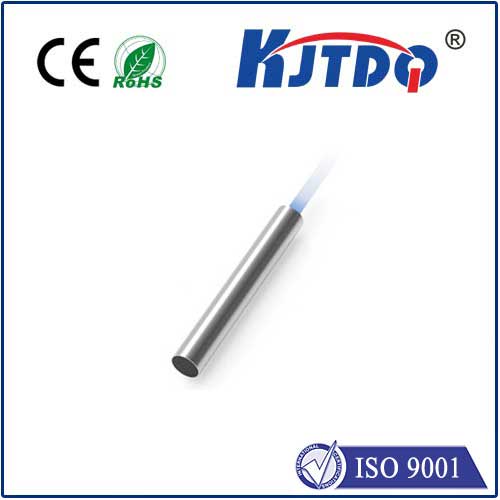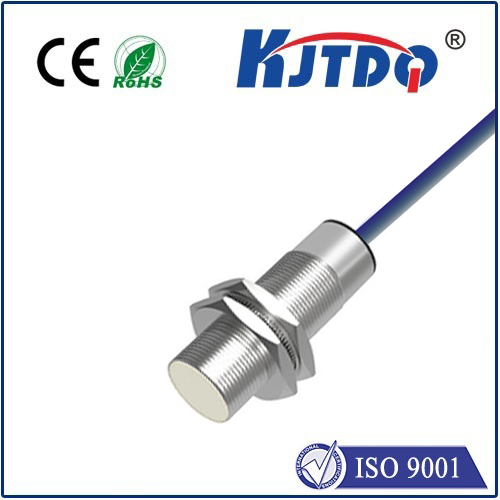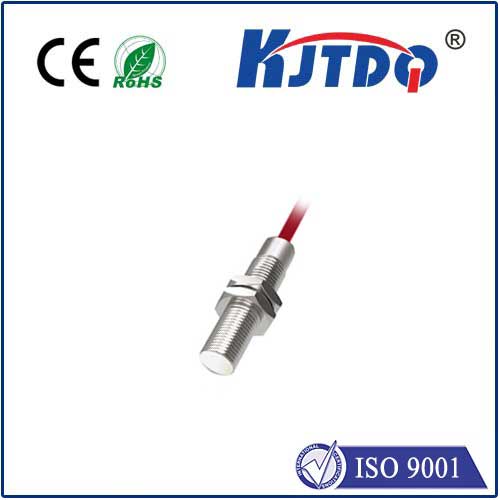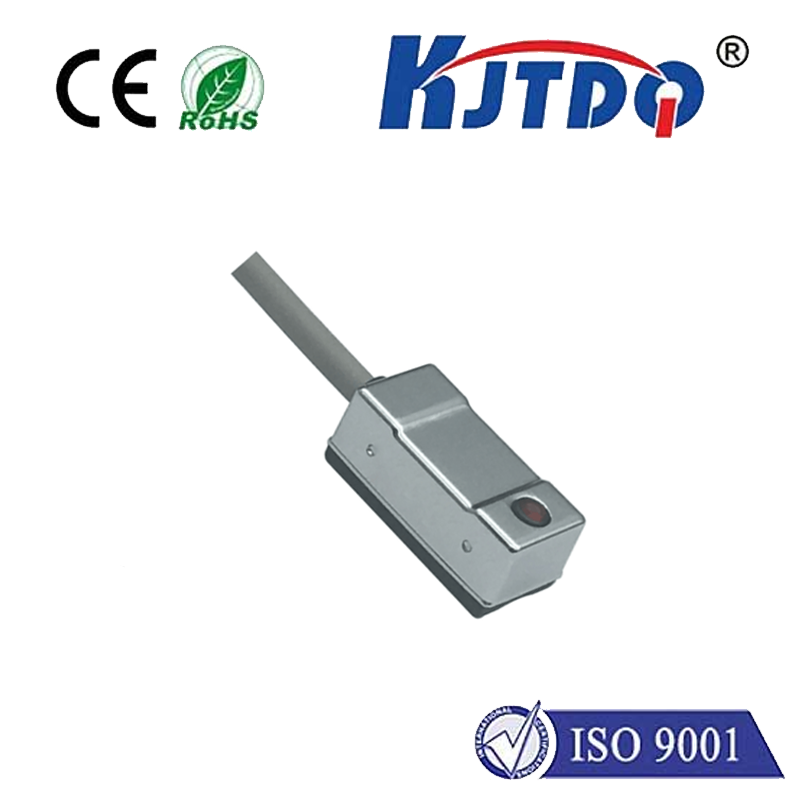sensores otico photoelectric sensor
- time:2025-09-10 21:15:05
- Нажмите:0
Optical Photoelectric Sensors: The Invisible Eyes Powering Automation
Imagine walking through an automatic supermarket door – it effortlessly slides open just before you reach it. Picture a factory production line where bottles whizz by, each one perfectly filled and capped. Or consider robotic arms assembling complex electronics with millimeter precision. What enables these seemingly intuitive reactions and flawless operations? Often, it’s the unassuming yet crucial optical photoelectric sensor, silently acting as the eyes of automation.
Understanding Optical Photoelectric Sensors
At their core, optical photoelectric sensors are non-contact devices that detect the presence, absence, distance, or position of objects using light. They operate on a fundamental principle: a light emitter sends out a beam of light (typically visible red, infrared, or laser), and a receiver detects changes in that light beam caused by an object interrupting or reflecting it.
This detection triggers an electrical signal used to control machinery, count items, ensure safety, or verify processes – all without physical contact, eliminating wear and tear on both the sensor and the object. Their non-contact nature, combined with high speed, reliability, and versatility, makes them indispensable across countless industries.
Diverse Types for Diverse Needs

Not all photoelectric sensing situations are the same. The broad category of optical photoelectric sensors encompasses several distinct operational modes, each tailored for specific challenges:
- Diffuse Reflective Sensors: These are the most common and often most economical type. They house both the emitter and receiver in a single unit. The sensor detects an object when the emitted light beam strikes the target and is reflected back to the receiver. Crucially, performance is heavily dependent on the object’s color, surface texture, and reflectivity. Light-colored, smooth objects provide strong reflection, while dark or matte objects absorb more light, making detection harder or requiring adjustments or specialized models. Ideal for general presence/absence detection at moderate ranges.
- Retroreflective (Reflector) Sensors: Offering significantly longer sensing ranges than diffuse types, these also combine the emitter and receiver in one housing. They work by bouncing the light beam off a separate, specialized reflector (like a prism or tape) positioned opposite the sensor. Detection occurs when an object interrupts the beam traveling between the sensor and the reflector. This method provides a strong, reliable signal over distance as long as the beam path is clear. Requires a clear line of sight to the reflector.
- Through-Beam (Thru-Beam) Sensors: Representing the pinnacle of range and reliability, these sensors feature separate emitter and receiver units, installed directly opposite each other. Detection happens when an object physically breaks the light beam traveling from the emitter to the receiver. This configuration provides the strongest signal, longest possible sensing distances, and is largely immune to the object’s color or surface finish, making it highly reliable in demanding environments. Installation is more complex, requiring alignment of two separate units and wiring for both.
- Background Suppression (BGS) Sensors: A sophisticated variant of diffuse sensors, BGS technology employs triangulation principles. It emits a focused beam and uses a special receiver array to determine the point where the light is reflected back from. The sensor is programmed to only recognize an object when the reflected light originates from within a precise, defined distance range (the “suppression” zone). This allows them to reliably detect dark objects on dark backgrounds or ignore background objects beyond the defined zone, solving common issues with standard diffuse sensors. Crucial for tasks like detecting black tires on a black conveyor belt.
- Convergent Beam Sensors: Similar in operation to background suppression, convergent beam sensors focus the emitted light to a small, specific point at a predetermined distance. Detection occurs only when an object is present at this exact focal point. This provides high precision for small object detection or position verification at a specific location.
Why Choose Optical Photoelectric Sensing?
The widespread adoption of optical photoelectric sensors across manufacturing, packaging, logistics, automotive, food & beverage, and beyond is no accident. They offer a compelling set of advantages:
- Non-Contact Operation: Eliminates mechanical wear and prevents damage to delicate objects.
- High Speed: Detects objects at lightning speeds, keeping pace with modern high-throughput automation.
- Long Sensing Ranges: Capable of detecting objects from millimeters up to several tens of meters (especially through-beam).
- Многогранность: Multiple sensing modes (diffuse, retro, through-beam, BGS) cater to diverse applications and object properties.
- Reliability: Solid-state technology offers long life and stable operation in demanding industrial environments.
- Accuracy & Precision: Advanced models (BGS, convergent, laser) offer pinpoint accuracy for position detection and small object sensing.
Critical Applications: Where They Shine
The practical uses for optical photoelectric sensors are virtually limitless. Here are just a few examples that highlight their critical role:
- Object Detection & Counting: Detecting bottles/cans on a conveyor, counting products entering a box, verifying component presence on a PCB.
- Positioning & Verification: Ensuring a robotic arm picks a part from the correct location, verifying the precise position of a machine component.
- Level Detection: Monitoring fill levels in tanks or bins (using sensors positioned at high/low points).
- Web Break Detection: Sensing breaks in continuous materials like paper, plastic film, or textiles.
- Security & Safety: Forming part of safety light curtains to halt machines upon intrusion, triggering security alarms on unauthorized access points.
- Package Dimensioning: Using sensor arrays to measure the height, width, or length of packages.
- Label Detection: Verifying the presence or position of labels on products.
Selecting the Right Sensor: Key Considerations
Choosing the optimal optical photoelectric sensor is vital for success. Carefully evaluate these factors:
- Sensing Mode: Does the application require through-beam reliability, diffuse simplicity, retroreflective range, or the background suppression capability? Match the mode to the challenge.
- Sensing Range: What is the required distance between the sensor and the target object?
- Object Characteristics: Consider size, color, surface finish (shiny/matte), material (transparent/opaque). Dark or transparent objects pose specific challenges.
- Environmental Factors: Will the sensor be exposed to dust, moisture, vibration, temperature extremes, or ambient light interference? Choose models with appropriate IP ratings and environmental resistance.
- Output Type: Does the control system require a digital signal (PNP/NPN), analog signal (for distance measurement), or a relay output?
- Mounting & Space Constraints: Consider physical size and how/where the sensor can be mounted. Through-beam sensors require space for both emitter and receiver.
The Unseen Engine of Modern Industry
From the simple act of a door opening to the intricate assembly of microchips, optical photoelectric sensors provide the fundamental sense of “vision” that automation relies upon. Their ability to perform fast, accurate, non-contact detection makes them an irreplaceable tool in factories, warehouses, and countless other settings. As technology advances, we see constant improvements: smaller sizes, resilience to challenging environments, smarter features like IO-Link communication for easier setup and diagnostics, and increased precision. Understanding the different types – diffuse, retroreflective, through-beam, background suppression, and convergent beam – and their respective strengths is key to unlocking their full potential and implementing efficient, reliable automated solutions.

